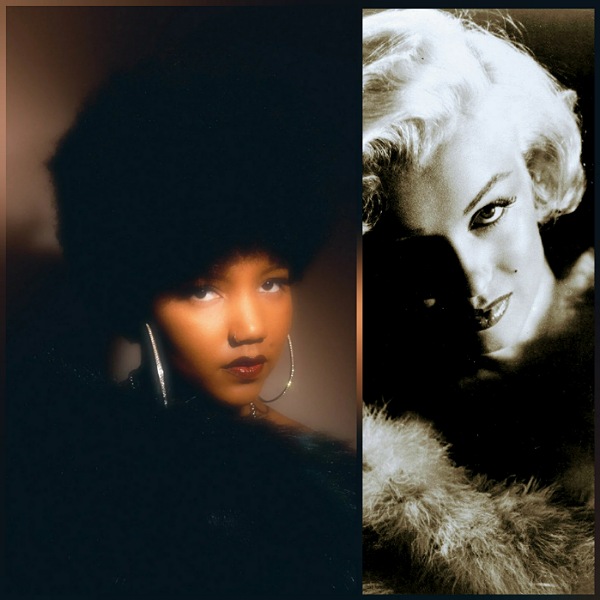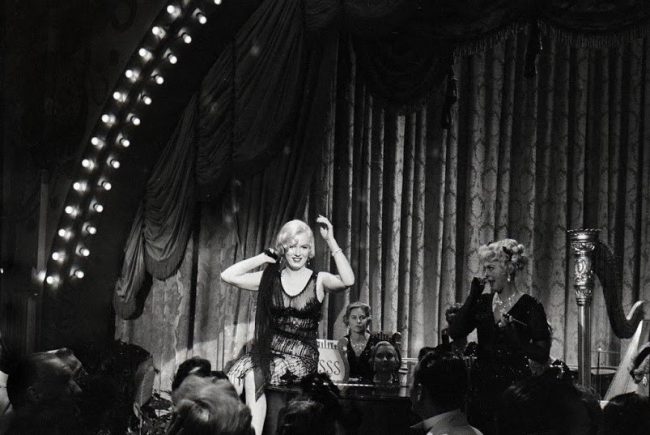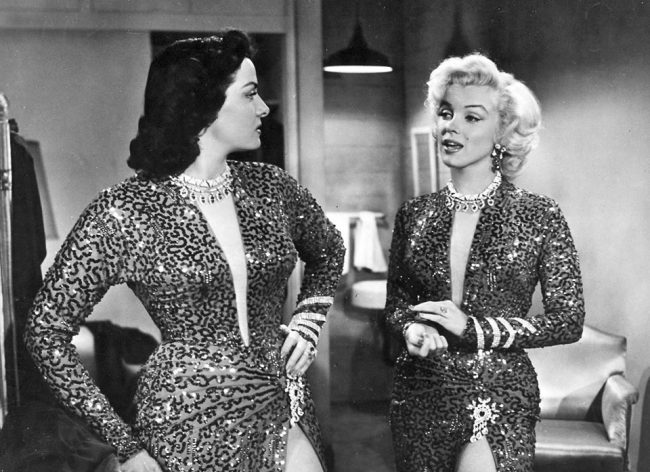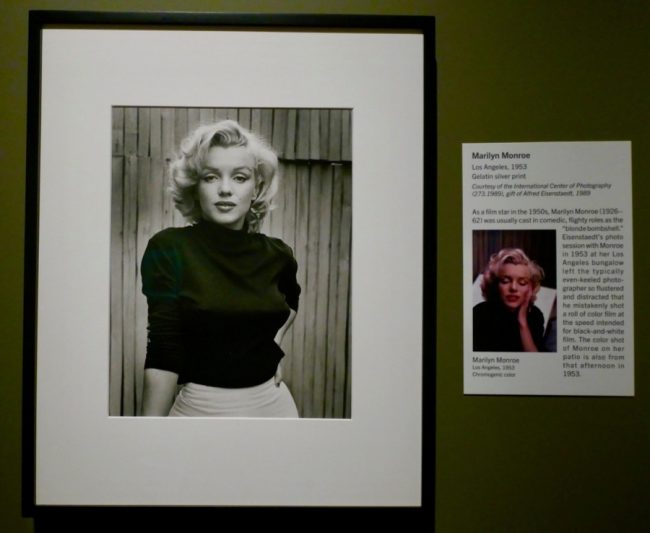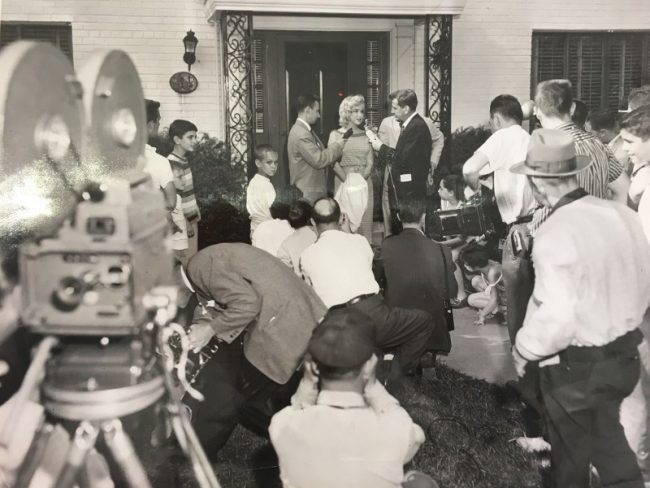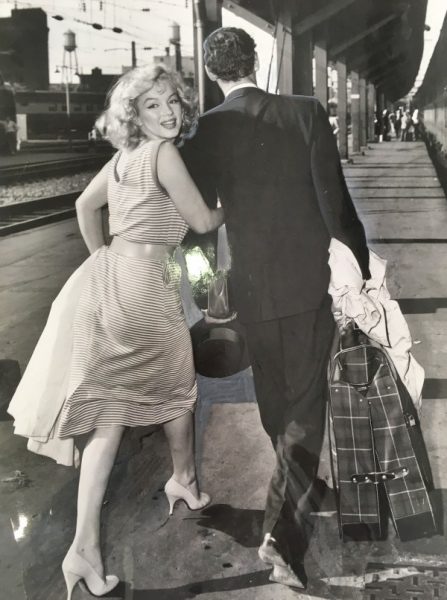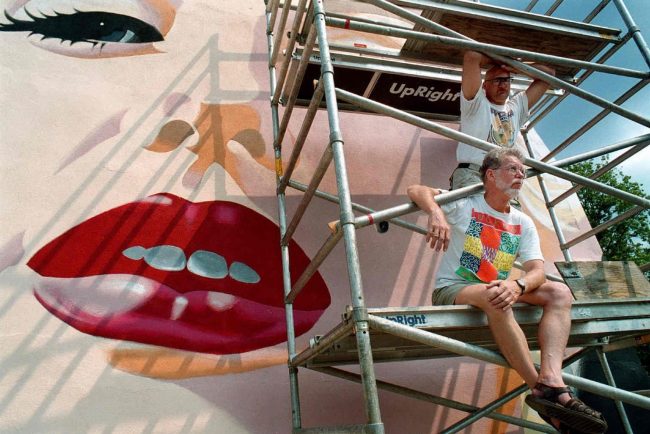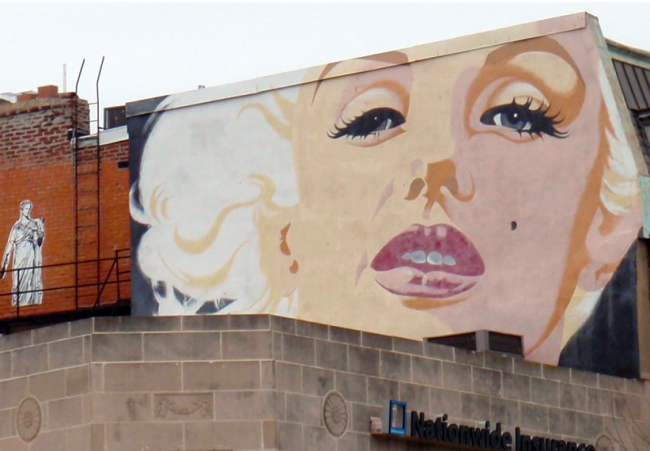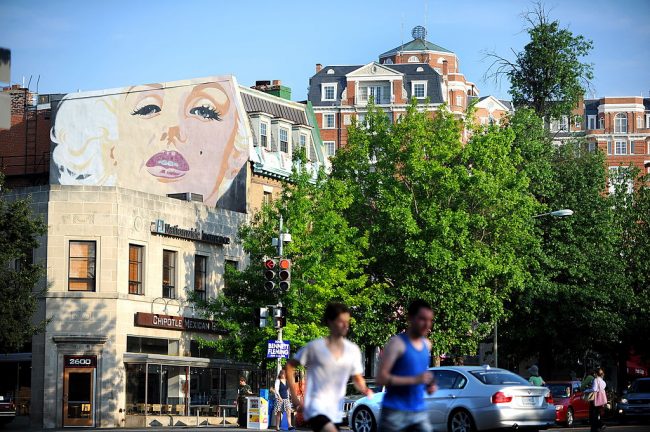
This Marilyn mural, in the Woodley Park district of Washington D.C., was commissioned almost 40 years ago by a local hairdresser. Roi Barnard, former owner of Salon Roi (and author of a new memoir) has shared the story behind this much-loved local landmark with the Washington Post.
“What do you see when you look at Marilyn Monroe gazing down at the corner of Connecticut and Calvert streets NW? A beautiful woman? A movie star? An icon?
Roi Barnard sees himself.
‘When I saw Marilyn for the first time on screen, I just went, Whoa, you’re not happy either,’ said Roi, the District hairdresser who helped commission the famed mural in 1981. ‘And I saw it in her eyes.’
‘My love affair with Marilyn started when I was 12,’ said Roi as he gently, but firmly, tilted my head to the left. ‘Her star was just beginning to rise. I forget which movie I saw first, but I saw her, and I saw in her eyes, my eyes. We had sad eyes. No matter how happy she was, I knew she was sad. And I related to that.’
Roi doesn’t seem sad now, at age 81. It wasn’t always that way.
‘I was a sissy little boy,’ Roi said. That was not an easy thing to be where he grew up: in tiny Poplar Branch, N.C., a place of dirt roads and outhouses … Roi came out of the closet in the 1960s, determined to be honest about his sexuality. He became a model, changing his name from ‘Roy’ to the more memorable ‘Roi.’ He learned to cut hair and worked as a hairdresser at the Washington Hilton. In 1969, he and Charles Stinson — his business partner and onetime romantic partner — opened a salon together.
In 1981, Charles commissioned artist John Bailey to paint the Marilyn mural. It’s become a landmark, even if most passersby don’t know how personal the image is to Roi.
‘She carried me through a very troubling part of my life,’ Roi said. ‘I would just go see her movies or read about her. I connected with her.’ Putting Marilyn on the wall wasn’t advertising, Roi said. It was homage.”
